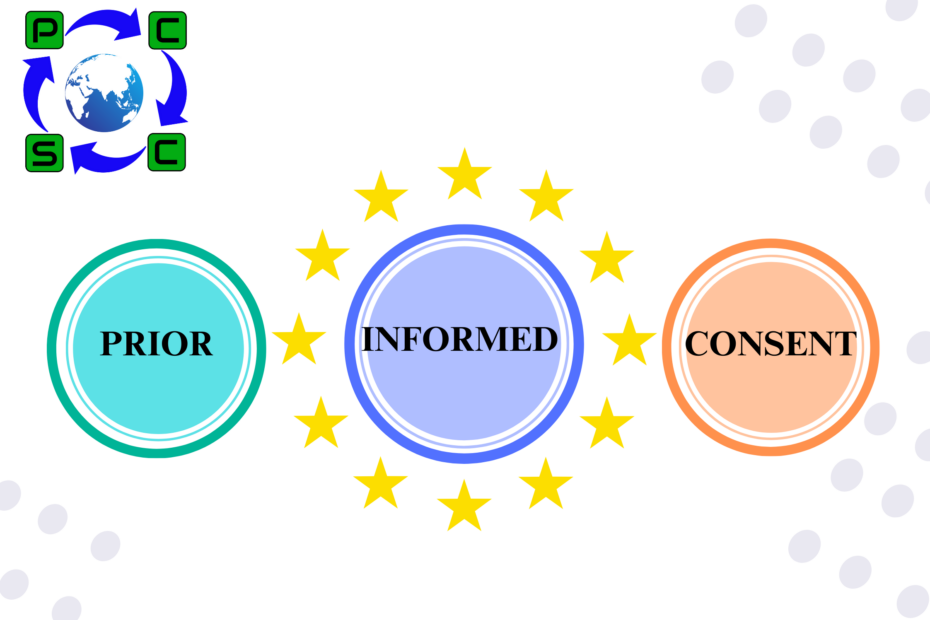
Prior Informed Consent (PIC) is an international regulation established to promote the safe trade and movement of hazardous chemicals and pesticides. Developed under the Rotterdam Convention, PIC requires exporters to obtain the consent of importing countries before shipping products listed as potentially harmful. This system helps countries make informed decisions about the import of hazardous substances and ensures their proper handling to protect human health and the environment.
Key Areas of Implementation in PIC:
- Expanding the List of Chemicals:
In recent years, ECHA is putting efforts to expand the list of chemicals covered under the PIC regulation. The Chemical Review Committee (CRC), which is responsible for evaluating and recommending chemicals for inclusion, has been actively examining substances, including pesticides and industrial chemicals, to assess their potential risks. This ongoing evaluation aims to enhance the protection of importing countries and improve the overall effectiveness of PIC.
- Strengthening Implementation Mechanisms:
To make the PIC regulation more efficient, several measures to strengthen its implementation have been proposed. One of these measures involves enhancing cooperation and information exchange between exporting and importing countries. This includes the sharing of data on banned or severely restricted chemicals, supporting capacity-building programs, and establishing efficient communication channels to facilitate the consent process.
- Increased Focus on Addressing Non-Compliance:
Efforts to address non-compliance with PIC have gained momentum. The convention emphasises the importance of taking necessary steps to ensure exporters comply with the regulation. It encourages countries to establish monitoring and enforcement systems, as well as develop penalties and sanctions for non-compliance. These initiatives aim to create a culture of accountability and discourage the illegal trade of hazardous chemicals.
- Addressing Emerging Issues:
Emerging issues related to hazardous chemicals present challenges to the PIC regulation. The Chemical Review Committee has been proactive in assessing newly identified substances and evaluating their potential risks to human health and the environment. This allows authorities to determine whether these substances require listing under PIC, ensuring that countries are adequately informed about their potential hazards.
- The Interplay of PIC with other Chemical Regulations:
Considering the interconnectedness of international chemical regulations, synergy with other agreements has become an essential aspect of the PIC regulation. Strengthening coordination with other frameworks, such as the Stockholm Convention on Persistent Organic Pollutants, the Basel Convention on the Control of Transboundary Movements of Hazardous Wastes, and the International Code of Conduct on Pesticide Management, helps ensure the effective management and control of hazardous chemicals.
- Annex III of Rotterdam convention in PIC:
The PIC procedure is a mechanism for formally obtaining and disseminating the decisions of importing Parties as to whether they wish to receive future shipments of those chemicals listed in Annex III of the Convention and for ensuring compliance with these decisions by exporting Parties. For each chemical listed in Annex III of the Convention, and therefore subject to the PIC procedure, a decision guidance document (DGD) is prepared and sent to all Parties. The DGD is intended to help governments assess the risks connected with the handling and use of the chemical and make more informed decisions about future import and use of the chemical, taking into account local conditions.
Conclusion:
The Prior Informed Consent (PIC) regulation framework continues to evolve and adapt to address emerging challenges in the safe trade and movement of hazardous chemicals. The recent updates have focused on expanding the list of covered substances, enhancing implementation mechanisms, addressing non-compliance, and reinforcing synergies with other international chemical regulations. These developments play a crucial role in safeguarding human health, protecting the environment, and promoting responsible global chemical management.








 Authorised IMDS & CDX Training & Consulting partner for
Authorised IMDS & CDX Training & Consulting partner for






